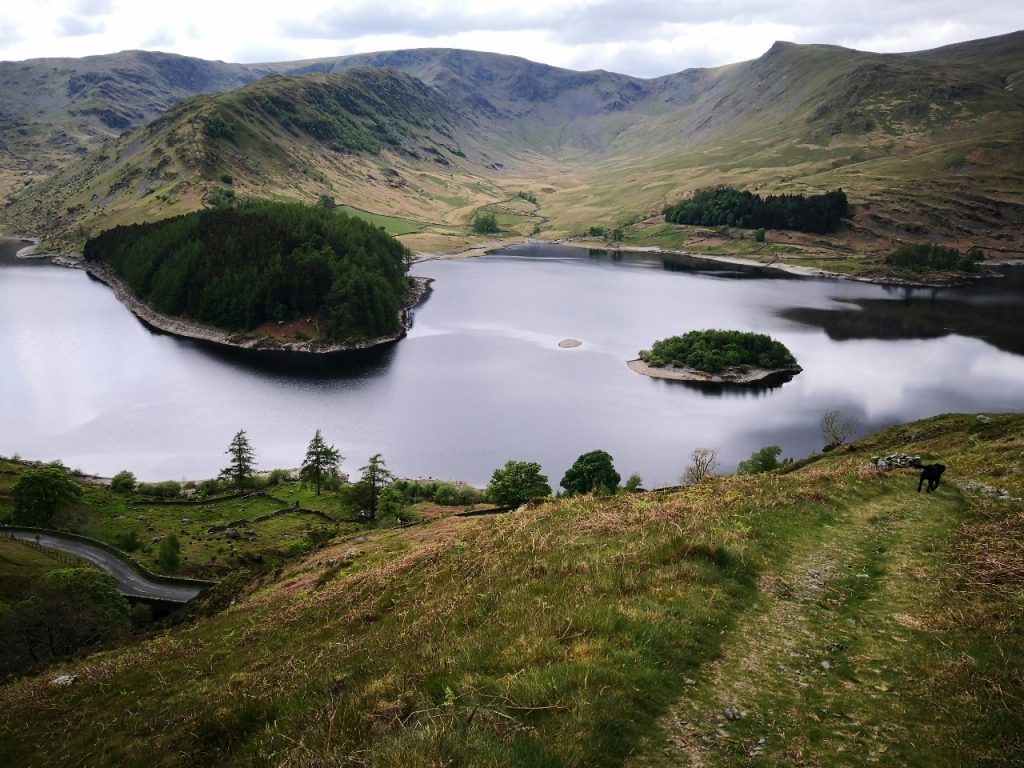Patagonia Hiking Tips: How to Prepare for the Adventure

Introduction to Patagonia Hiking
Patagonia hiking is one of the most rewarding experiences for adventure seekers around the world. With its vast landscapes, rugged mountains, glacial lakes, and unpredictable weather, Patagonia hiking offers challenges and beauty in equal measure. Whether you are planning a short trek or a multi-day expedition, preparation is essential to make your Patagonia hiking adventure safe and unforgettable. This guide covers the most important Patagonia hiking tips to ensure you are ready for the journey ahead.
Understanding the Patagonia Hiking Terrain
The terrain you encounter during Patagonia hiking can vary drastically, from steep mountain passes and rocky paths to grassy plains and icy trails. Some of the most famous routes, such as the W Trek in Torres del Paine and the O Circuit, test your endurance and adaptability. When preparing for Patagonia hiking, it is crucial to understand that the terrain is demanding and requires both physical preparation and mental resilience.
Training Before Your Patagonia Hiking Adventure
Physical preparation is key when it comes to Patagonia hiking. Start training at least three months before your trip with cardiovascular exercises like running, cycling, or swimming. Incorporate strength training, focusing on your legs, core, and back to handle long treks with a backpack. Practice carrying weight on local trails to mimic real Patagonia hiking conditions. Proper training will enhance your stamina and make the journey more enjoyable.
Essential Gear for Patagonia Hiking
Having the right gear is crucial for successful Patagonia hiking. A reliable backpack with good support, durable hiking boots, and moisture-wicking clothing are non-negotiable items. Weatherproof jackets and layers are especially important, as Patagonia hiking often exposes you to sudden shifts from sunshine to rain or snow. Don’t forget essentials such as trekking poles, headlamps, a reusable water bottle, and lightweight cooking equipment if camping.
Dressing in Layers for Patagonia Hiking
One of the most important Patagonia hiking tips is to dress in layers. The weather can change dramatically within minutes, and being able to adapt quickly is vital. Wear a moisture-wicking base layer, an insulating mid-layer, and a waterproof outer shell. This three-layer system ensures comfort and safety during Patagonia hiking, regardless of conditions.
Food and Nutrition for Patagonia Hiking
Fueling your body correctly is just as important as physical training. Patagonia hiking burns a lot of calories, so pack energy-dense foods like nuts, dried fruits, energy bars, and instant meals. Staying hydrated is also vital, and you can often refill bottles from streams, though a portable water filter is recommended. Balanced nutrition helps maintain energy levels throughout your Patagonia hiking adventure.
Safety Tips for Patagonia Hiking
Safety should always be a priority when planning Patagonia hiking. Inform someone about your route and expected return time, especially if hiking independently. Carry a map, compass, or GPS device, as trails can sometimes be challenging to follow. Weather alerts should always be checked before departure, as sudden storms can pose serious risks during Patagonia hiking.
Packing Light but Smart for Patagonia Hiking
While it’s tempting to bring a lot of gear, one of the golden rules of Patagonia hiking is to pack light. Every extra kilogram adds to the difficulty of the trek. Focus on multifunctional gear and only bring what you absolutely need. Smart packing ensures you conserve energy while still having everything required for a safe and enjoyable Patagonia hiking journey.
Joining Guided Patagonia Hiking Tours
For those new to long treks or unfamiliar with the region, guided Patagonia hiking tours are an excellent option. Professional guides not only enhance safety but also enrich the experience by sharing knowledge about local wildlife, plants, and culture. Guided tours are particularly beneficial in challenging routes like the O Circuit or remote areas of Los Glaciares National Park.
Eco-Friendly Patagonia Hiking Practices
Patagonia hiking is not only about adventure but also about respecting nature. Always follow Leave No Trace principles: pack out all waste, avoid disturbing wildlife, and stay on designated trails. Eco-friendly Patagonia hiking ensures that future generations can enjoy the pristine landscapes just as much as you do. EcoCamp Patagonia, for example, emphasizes sustainable travel practices that align perfectly with responsible trekking.
Preparing Mentally for Patagonia Hiking
Beyond physical readiness, mental preparation is equally important. Patagonia hiking can be tough, with long days, unpredictable weather, and moments of fatigue. Developing mental resilience, patience, and adaptability will help you embrace challenges and enjoy the journey. Remember, Patagonia hiking is as much about personal growth as it is about reaching your destination.
Best Time to Go Patagonia Hiking
The prime season for Patagonia hiking is between November and March, which is the southern hemisphere’s summer. During this period, the weather is relatively mild, and trails are more accessible. However, even in summer, conditions can shift suddenly. Knowing the best time for Patagonia hiking helps you plan effectively and reduces risks associated with extreme weather.
Conclusion: Embrace the Patagonia Hiking Adventure
Patagonia hiking is an extraordinary adventure that combines natural beauty, personal challenge, and unforgettable memories. With proper training, the right gear, and respect for the environment, your Patagonia hiking journey can be safe, sustainable, and deeply rewarding. Preparation is the key to enjoying every step, from the soaring peaks to the tranquil valleys. When you embark on Patagonia hiking, you are not just exploring trails—you are stepping into one of the most awe-inspiring landscapes on Earth.




